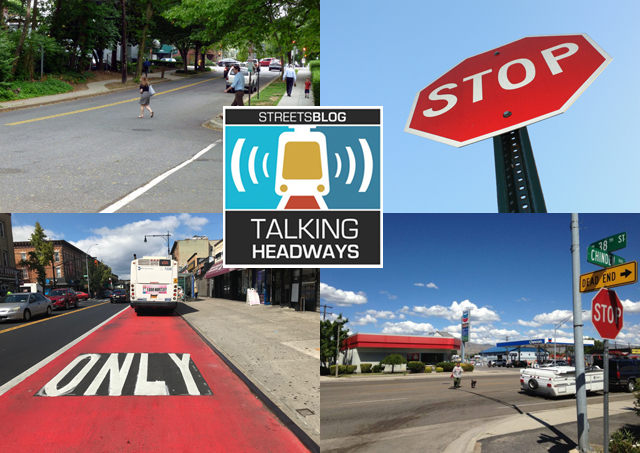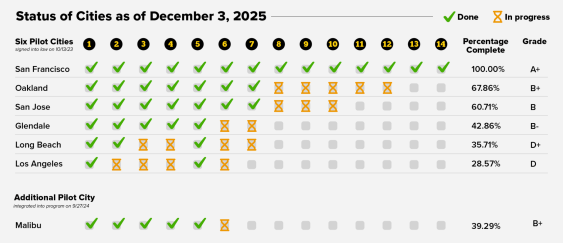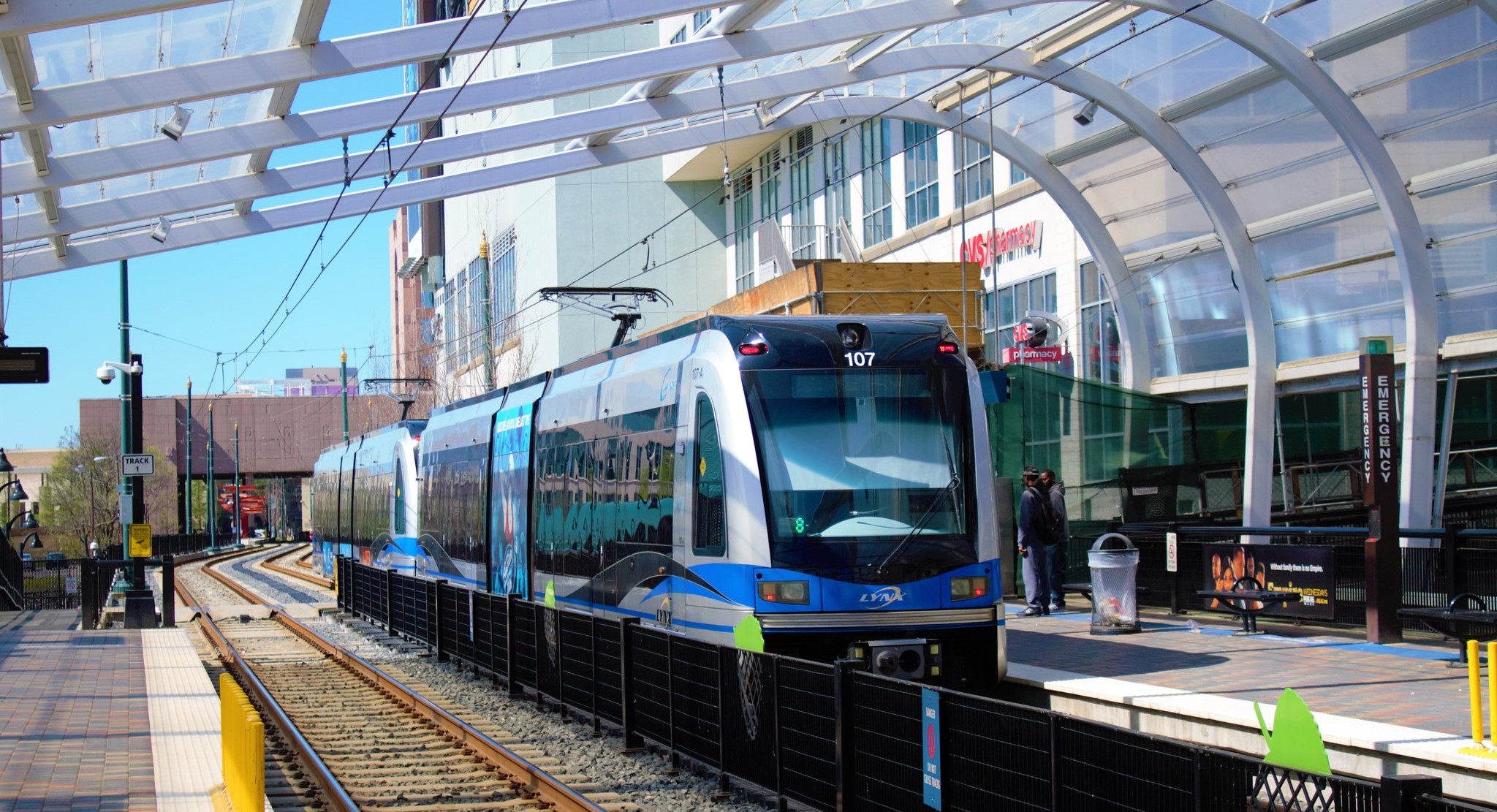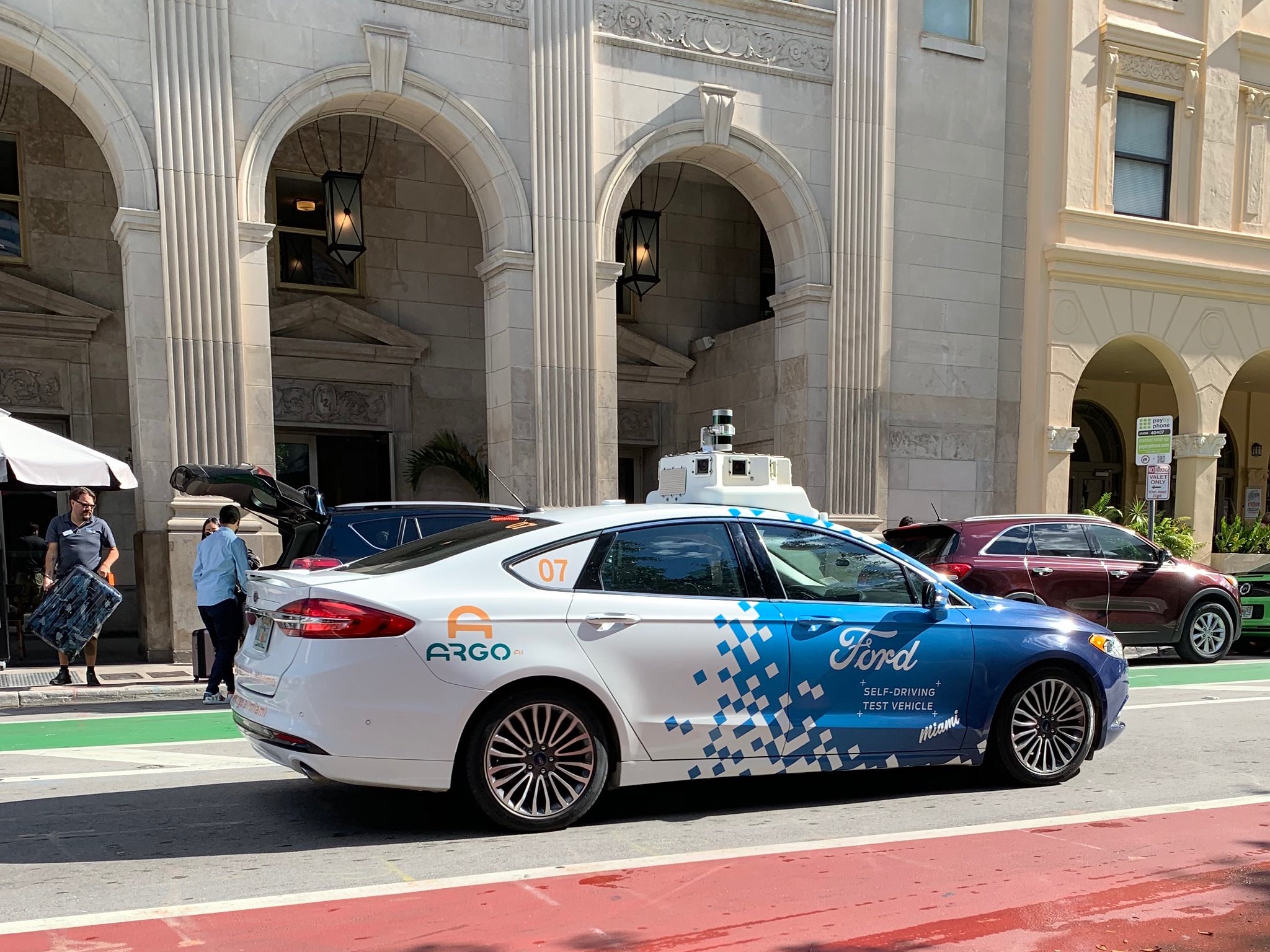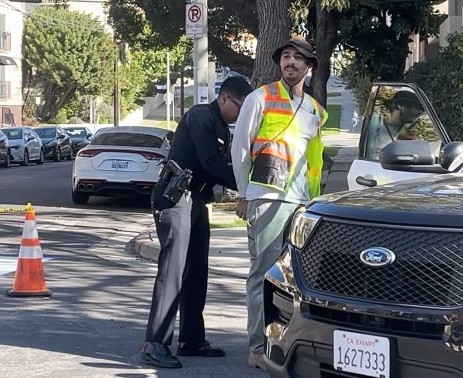This week we’re joined by former Seattle Mayor Mike McGinn, now the executive director of America Walks. McGinn chats with us about the Manual on Uniform Traffic Control Devices and why now is the time to speak up in order to make important changes to the document. We also talk about how this is something US DOT Secretary Pete Buttigieg can do without congress and why it’s important to think about the future as we face unprecedented changes to our streets.
For those of you who prefer to listen rather than to read, there's an edited transcript below the audio player. A full transcript (with typos!) is here.
Jeff Wood: I wanted to talk to you about the MUTCD. It’s easy to say those letters really quickly, but it’s the Manual on Uniform Traffic Control Devices, right? What is it, for folks that might not know? Why is it important? What is it doing that’s making some people’s lives miserable? So, what’s the background on this?
Mike McGinn: It’s the most important pedestrian safety document you’ve never heard about. We’ve been calling it the Manual Undermining Terrific Community Design. You know, it’s not a surprising thing that there would be a manual so that, no matter what city you go to, the "Stop" sign looks the same. So it appears to have a fairly innocuous perspective on it. But basically, the Federal Highway Administration, through regulations, adopts "the manual." And it’s used by engineers locally while the Federal Highway Administration adopts it, there’s a National Committee on Uniform Traffic Control Devices composed primarily of engineers, traffic engineers who drafted and sent it to the FHWA for review and approval.
And the problem with it is when you look at a street and you go, "Why do our streets look this way? Why do they prioritize car speeds so much? Why are there so few crosswalks?" The answer is to a large degree, this manual. There are other influences as well, but this is a significant one because the underlying assumption of the manual is about, you know, moving cars through the space. It prioritizes automobile movement and speed over pedestrian safety and movement. So specifically, I’ll pick out one: the speed limit. It recommends setting the speed limit at the 85th percentile of the speed that the cars were moving.
So, you know, 15 percent of the people are automatically speeders. And then it sets that 85th percentile. Well, that doesn’t make sense, right? That doesn’t look at the context of the road, that doesn’t look at the adjoining uses, it doesn’t look at the number of accidents that might occur there, or the number of injuries and collisions that occur there. So that’s just not a good tool, but it’s based on how fast people want to move. And since the roads are also designed, there’s another manual by the way, that says how wide lanes are. There’s an AASHTO manual that suggests broad lanes and multiple lanes in certain places. So now you’re just out of a situation where to cross from one side of the road to the other, you're taking your life into your hands.
That’s another issue: crosswalks. If you want a crosswalk, you have to show that the certain number of people are already crossing the street, or you have to have a certain number of deaths in a timeframe where you don’t get it. That’s kind of like saying, you know, if you’re looking at that really busy intersection, nobody’s going to cross it. It’s not safe. You know? So it’s kind of like saying, "Hey, we’ll build you a bridge as soon as we kind of enough people swimming across the river," right? It doesn’t get the incentives right there at all. And in fact, Don Kostelec, a progressive transportation engineer from Idaho, and he’s got his own consulting firm. He did a video of a place where he tried to get across walk in Idaho. [Check out that video on Streetsblog here.]
And, you know, they were short a couple of people and it was a high-speed multi-lane dangerous road. And the reason people were crossing the street, there was because there was a convenience store that sold food in a neighborhood that didn’t have a market. So that was their best market. And the crosswalks, you know, on either direction were very far away. Couldn’t get the crosswalk. People are going to have to die before they get across walk there. It was basically what the MUTCD says. That’s what the manual sets. So just the incentives are all wrong and the assumptions are all wrong in it. And so we’ve, you know, come forward at America Walks to ask them to reframe it, rewrite it, put pedestrian safety at the core of it.
